Exclusive Licensing Contributor Brianna Roye is a Toronto native who embraces connection through her intimate portrait sessions. She aims to create space for inclusion and the various intersections of representation and identity. Browse her Licensing collection here.
Q. Tell us where you’re from and how you got started in photography.
A. Born and raised in Toronto, I initially started photography because I wanted to pursue a career in journalism. In the middle of getting my degree, I started doing street photography and thought, “Hey this feels right. This is clicking”. As an introvert, I’ve always wanted to connect with people but didn’t have the means to, which lead me to take portraits.
Q. Your photography often utilizes natural and ambient light. How do you find optimal lighting and ensure your models are well-lit?
A. I try to photograph people around specific times of the day. During the spring/summer I aim for evenings before sunset. During the winter, I usually shoot early/mid-afternoon. I try to “see” light as best I can, like where it’s falling on someone’s face or how harsh/soft it might be and just work with it since it can be unpredictable.
Q. Your work spans a variety of content types, from still life and festivals to people and portraits. What draws you to these particular genres of photography?
A. Connection is a big theme for me in my work. I find I want to connect with people somehow, which is why I enjoy portraits and photos that have some human element to them. When I shoot festivals and events I like capturing candid moments because it’s what feels right and natural to me.
Q. As someone who identifies as a queer androgynous woman, how would you say this influences your work?
A. My identity is super important to my work and primarily informs the kinds of photography I do. There’s such a gap in this industry when it comes to the intersections of my identity (queer, black, masculine woman) and I try to hold space and take up space as much as I can. My personal ongoing project, “Out of Many, One People” stems directly from that. The goal is to showcase LGBTQ2S Caribbean people that aren’t always seen, then humanizing and celebrating them.
Q. Your portrait work ranges in composition. Would you say using your Mamiya RB67 has played any part in understanding the fundamentals of composition?
A. Shifting from digital to shooting portraits mostly on medium format has been great. It has definitely slowed me down in my process and allows me to breathe and look at framing differently. I’m beginning to get a little bit closer to subjects now and speak to them more candidly while I’m shooting. Using the waist level viewfinder on the RB67 has made my focus a bit sharper and intentional as well.
Q. Have you run into any major obstacles during your career as a photographer that have influenced your work or direction?
A. Definitely. I’ve gotten into many ruts, you could call it “photographer’s block”, where I don’t want to photograph anything and nothing is working. Taking breaks where I don’t touch a camera at all has been really helpful. Talking to people outside of photography and connecting with my community (doing workshops, volunteering, going to events) is actually what aided in me creating my current project and has pushed me in the direction I’m going.
Q. What is next for you in the photography space?
A. I’m not exactly sure what’s next, but I hope to teach photography workshops to youth and marginalized people and continue developing personal projects.
Q. Where would you like to see commercial photography progress to? How do you think licensing your content can help with this?
A. I would love to see more genuine diversity and inclusivity that isn’t just for the sake of meeting some quota or for an aesthetic. Hopefully, my content will be a little nudge in that direction and will show more black, brown, fat, femme, and queer in the commercial photography space.
Q. If you could give any advice to new and emerging artists breaking onto the scene, what would it be?
A. My advice to emerging artists would be to figure out what you’re personally passionate about and carve out that niche for yourself with your art. Style, skills, and technique will come over time with practice but allowing your personality to show through your work is powerful. Being vulnerable (whatever that means to you) is OK, and so is making mistakes.
Brianna is currently judging a Quest on 500px in celebration of Pride. You can learn more about the Quest here. And read more about 500px’s Breaking the Mold Quests.

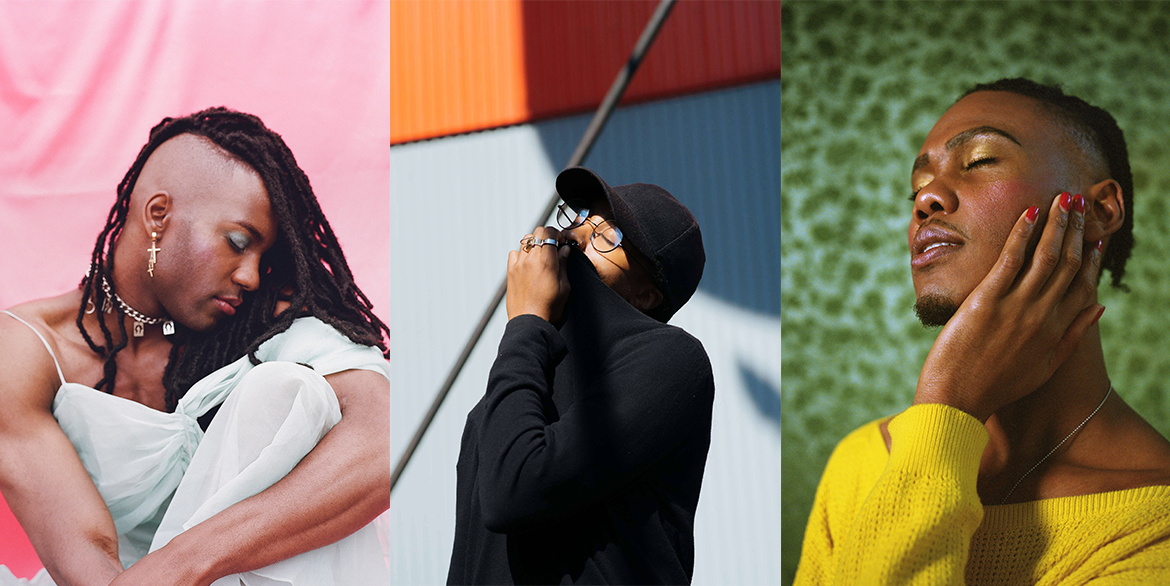
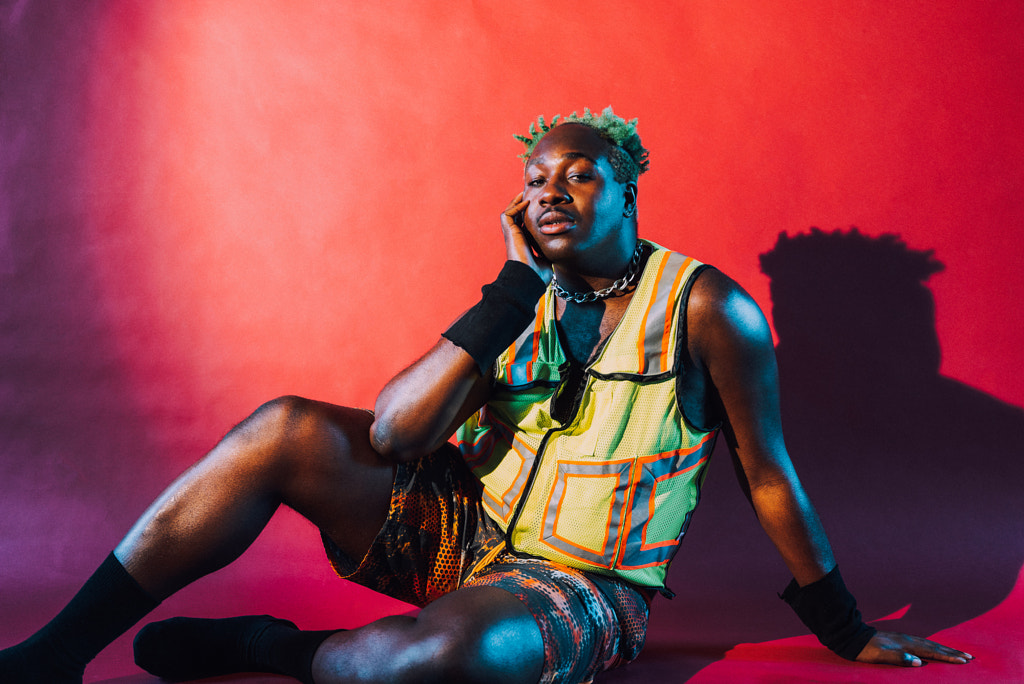
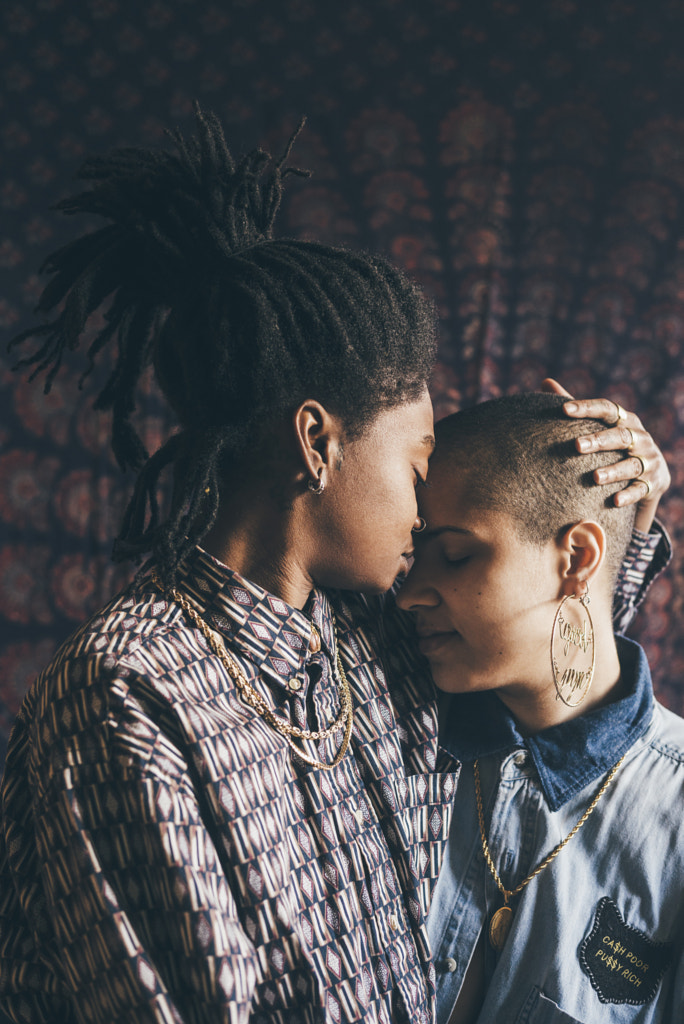
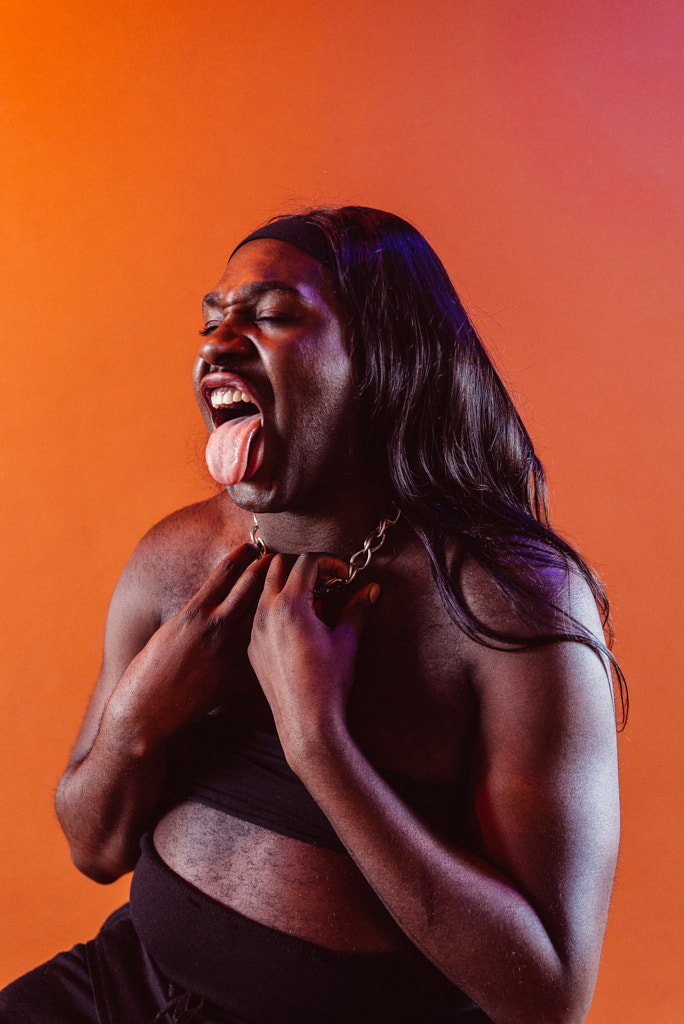
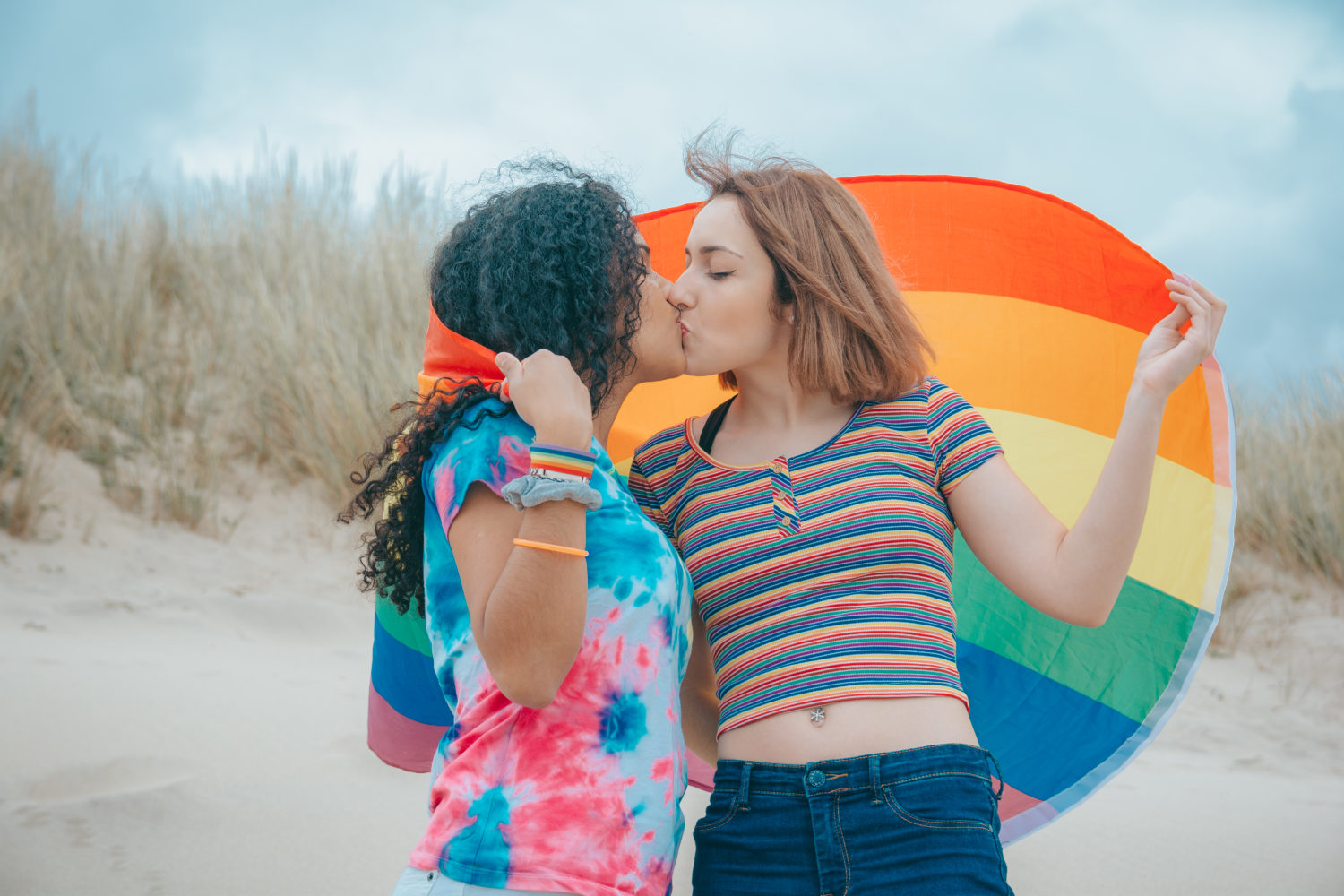

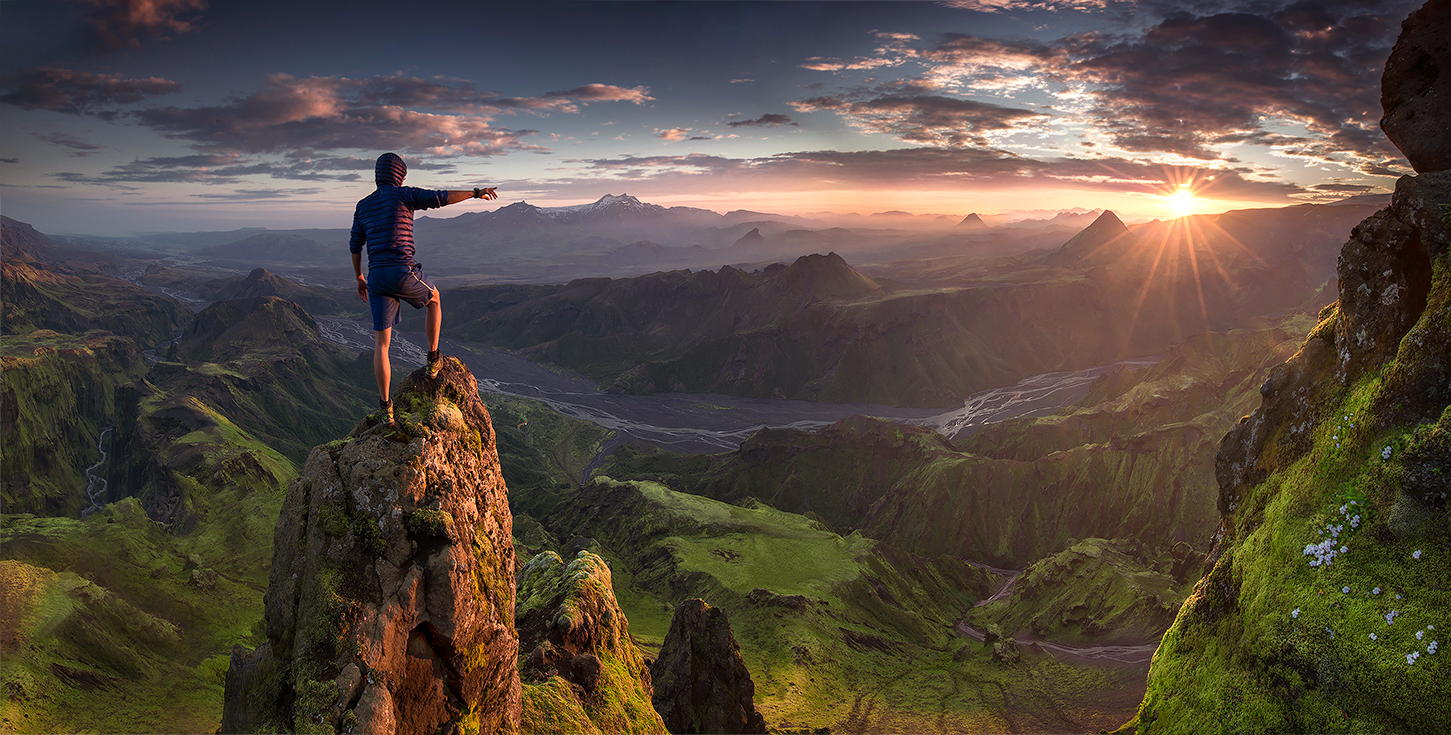
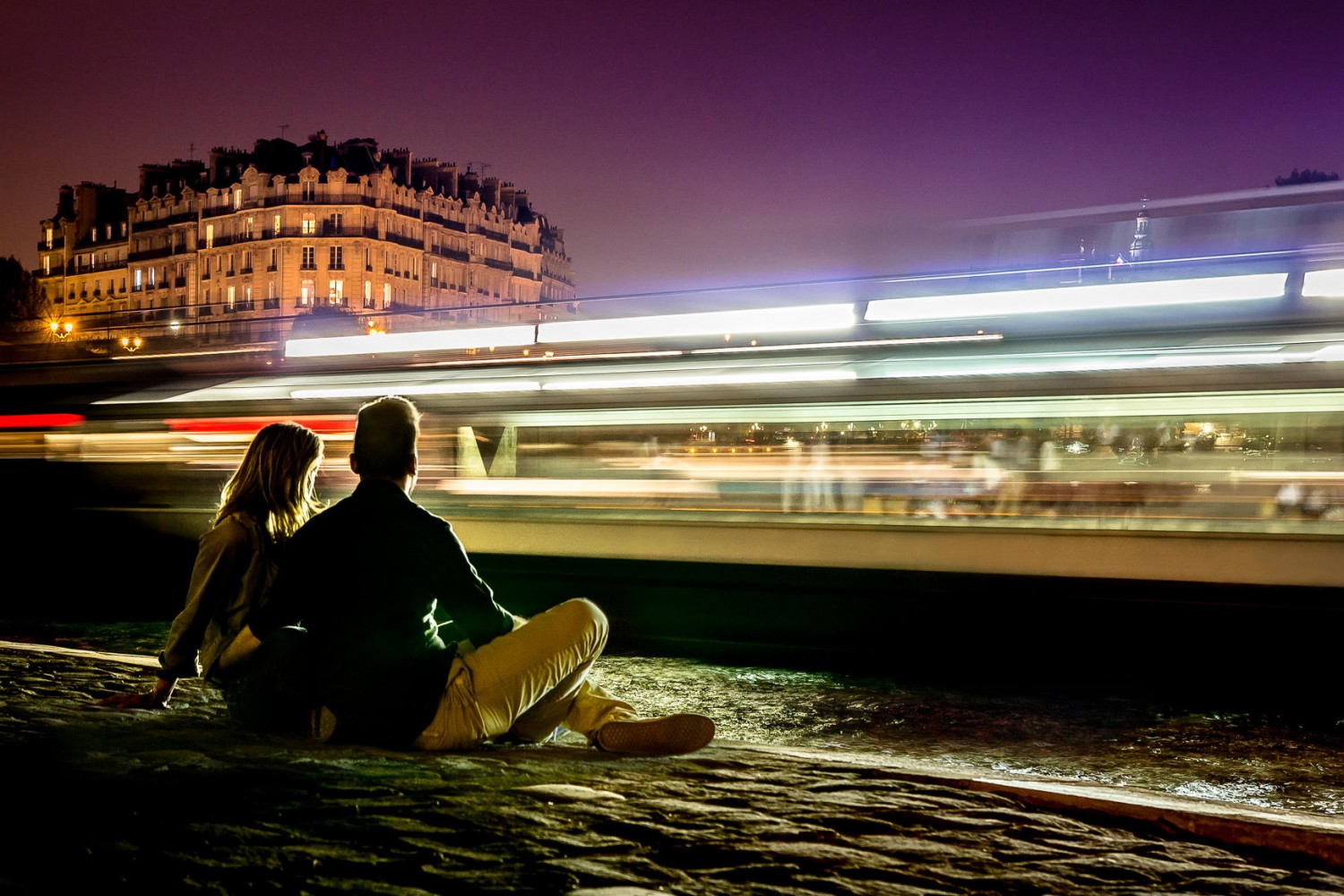
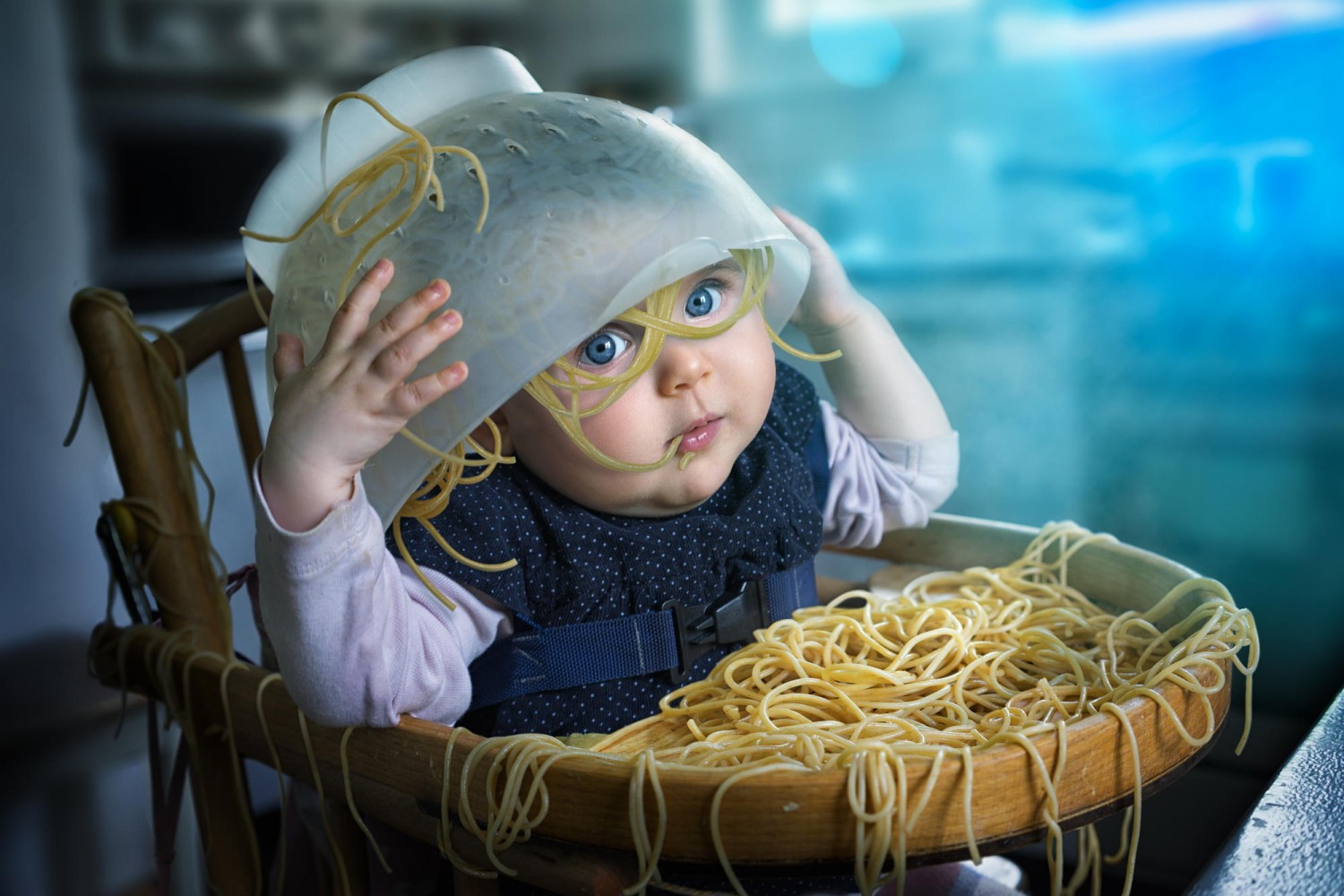
Leave a reply